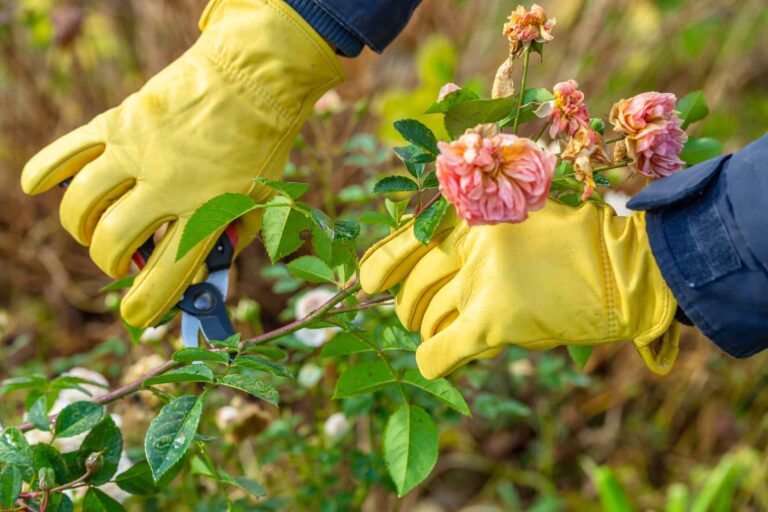Pruning rose bushes is essential for healthy growth, abundant blooms, and disease prevention. But improper pruning can harm your plants. This easy guide covers when to prune roses and exactly how to do it for stunning results.
Why Pruning Roses Matters
✔ Encourages new growth – More blooms, stronger stems
✔ Improves air circulation – Reduces fungal diseases
✔ Shapes the plant – Prevents overcrowding and legginess
✔ Removes dead/diseased wood – Keeps the plant healthy
Best Time to Prune Roses
1. Most Roses (Hybrid Teas, Floribundas, Grandifloras)
✂ Late winter/early spring (when new buds swell but before leaves open).
✂ Avoid pruning in fall—it can trigger new growth that winter frost will damage.
2. Climbing Roses
✂ After first bloom (early summer) to shape and remove old canes.
3. Old Garden Roses & Once-Blooming Varieties
✂ Prune after flowering (summer) since they bloom on old wood.
4. Repeat-Blooming Shrub Roses
✂ Light pruning in early spring, then deadhead spent blooms.
Tools You’ll Need
- Sharp bypass pruners (clean cuts, less damage)
- Loppers (for thick canes)
- Gloves (thorn-proof!)
- Disinfectant (rubbing alcohol or bleach solution to sterilize tools)
Step-by-Step Pruning Guide
Step 1: Remove Dead, Damaged, or Diseased Wood
- Cut back to healthy, green wood.
- Dispose of diseased clippings (don’t compost).
Step 2: Thin Out Weak Growth
- Eliminate spindly, crossing, or inward-growing branches.
- Keep 3-5 strong, outward-facing canes for an open center.
Step 3: Shape the Bush
- Hybrid Teas: Cut back to 12-18 inches for large blooms.
- Shrub Roses: Trim lightly to maintain natural form.
- Climbers: Keep main canes, trim side shoots to 2-3 buds.
Step 4: Make Clean Cuts
- Cut ¼ inch above an outward-facing bud at a 45-degree angle.
- Avoid flat cuts—they trap moisture and encourage rot.
Step 5: Clean Up & Feed
- Remove all clippings to prevent disease.
- Apply balanced fertilizer or compost to boost new growth.
Common Pruning Mistakes to Avoid
❌ Pruning too early (risk of frost damage).
❌ Using dull or dirty tools (spreads disease).
❌ Over-pruning (stresses the plant).
❌ Leaving stubby cuts (invites pests and rot).
Aftercare Tips
✔ Water deeply after pruning.
✔ Mulch to retain moisture and regulate soil temperature.
✔ Monitor for pests/disease—early treatment is key.
Final Thoughts
Proper pruning transforms your roses—more flowers, healthier plants, and fewer problems. Follow these steps, and your bushes will reward you with spectacular blooms all season long.
Ready to prune? Grab your shears and get started!
